David Wolfson
I studied the spatial ecology of sandhill cranes in Minnesota for my Master's thesis. I am currently back for a PhD.
In God We Trust, All Others Must Bring Data
I studied the spatial ecology of sandhill cranes in Minnesota for my Master's thesis. I am currently back for a PhD.

I am an undergraduate student at Metropolitan State University working toward a Bachelor of Science in Biology and Industrial and Applied Mathematics with a minor in Applied Statistics. As an intern, I am working with John Fieberg and Juliana Vélez to develop and train an artificial intelligence to process camera trap data. My primary interests as a future ecologist include invasion biology, global climate change, and using mathematics and computer programming to model ecological problems.
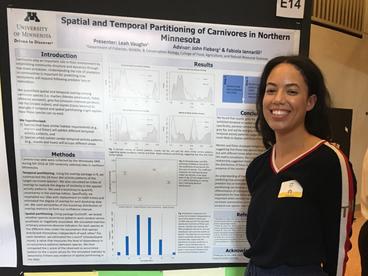
For my Spring 2018 Undergraduate Research Opportunity, I used data from camera traps to explore temporal and spatial portioning among carnivore species in northern Minnesota, with mentorship from John Fieberg and Fabiola Iannarilli. I am currently finishing my senior year at the UMN studying Fisheries, Wildlife, & Conservation Biology. Post-baccalaureate, I plan on gaining more field experiences before diving into graduate school. When I’m not studying, I enjoy photography, reading, and hiking.

I am an assistant research scientist with Texas A&M’s Natural Resources Institute, adopted into Dr. Fieberg’s lab as I work remotely from Minnesota. I work with the US Fish & Wildlife Service’s southeastern region and other experts across state agencies, universities, and other organizations, to lead the development of Species Status Assessments (SSAs) for federally threatened and endangered species.

I am contributing to the development of long-term monitoring surveys to evaluate the effectiveness of pesticide treatments for the control of zebra mussels in newly infested Minnesota lakes. My scientific interests are broadly focused on understanding how data collected by applied ecologists reflect the underlying processes of ecological systems.
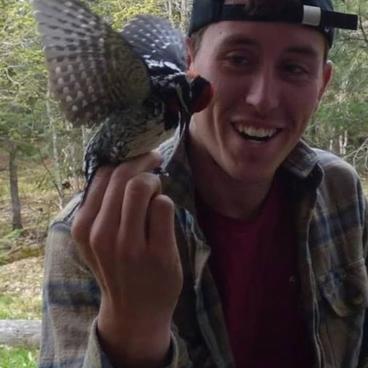
My undergraduate honor’s thesis explored the effects of subsampling hair snare on the spatially explicit models used to enumerate Black Bear (Ursus americanus) populations in northern Minnesota, and my current post-baccalaureate work uses a simulation framework to explore similar concepts.
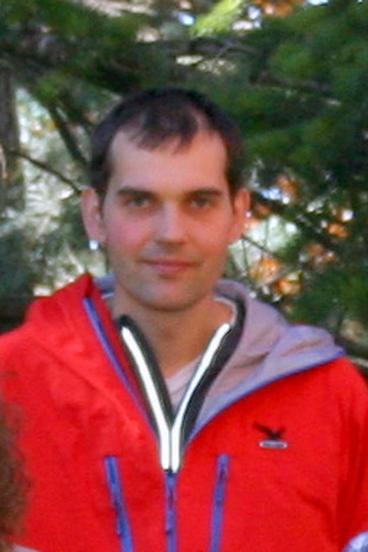
I am a PhD student at the University of Göttingen (Germany) and have been in close collaboration with the Fieberg Lab since 2014. My research involves the development of quantitative methods and software implementations for the analysis of animal movement data. Currently I am working on a software package for program R to analyze telemetry data (more about the rhr package can be found here: http://jmsigner.github.io/rhrman/).
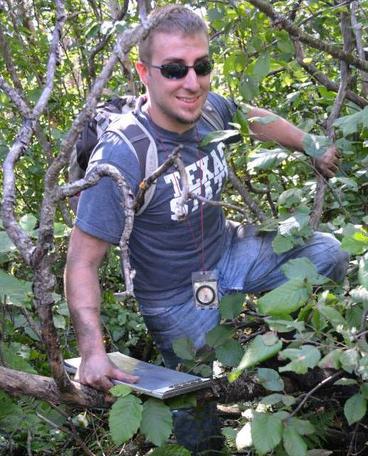
Garrett Street is a movement and spatial ecologist specializing in habitat selection and space use across broad geographic extents and levels of biological organization. His research focuses on animal movement and behavioral trends as fine-scale mechanisms producing patterns of animal distribution and abundance at broad spatiotemporal scales. He completed his M.S. in Population & Conservation Biology at Texas State University-San Marcos in 2010, and his Ph.D.
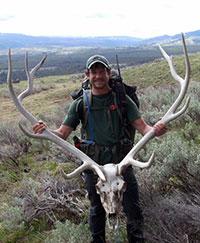
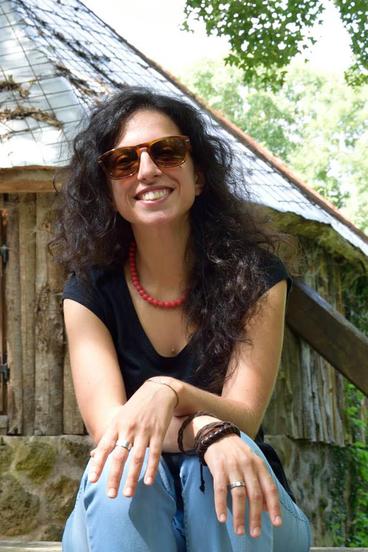
Fabiola's dissertation focused on two aspects related to survey design and analysis of camera-trap data: differential response across species to survey design strategies in studies aimed at simultaneously collecting data on multiple species, and statistical approaches to minimize or account for correlation when analyzing camera-trap data. Fabiola is now a postdoc at Yale's Center for Biodiversity. To learn more about Fabiola, read her personal perspective piece in TWS's Wildlife Vocalization series.&nbs